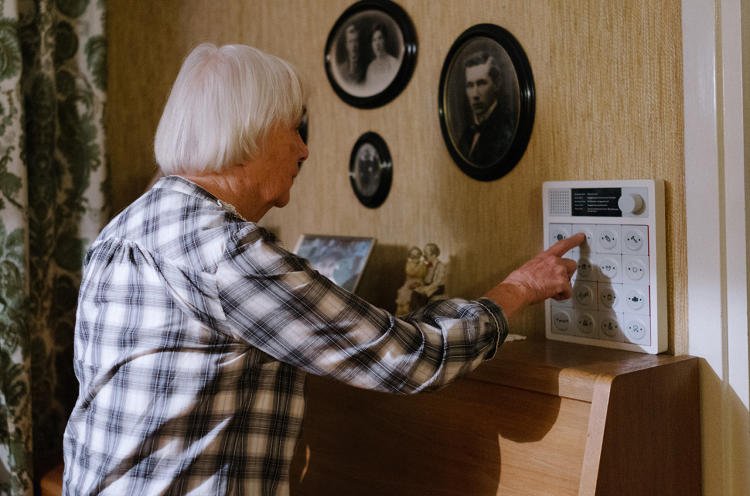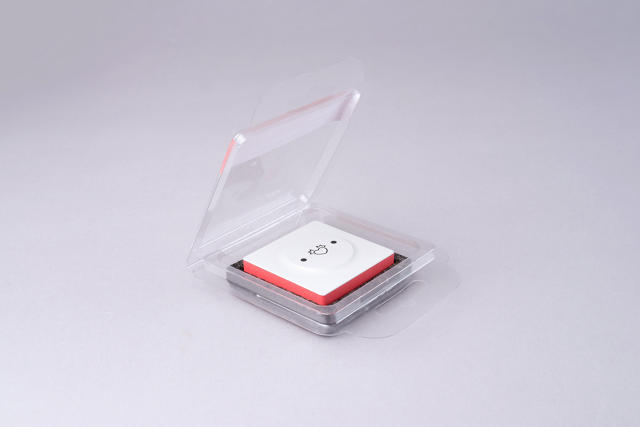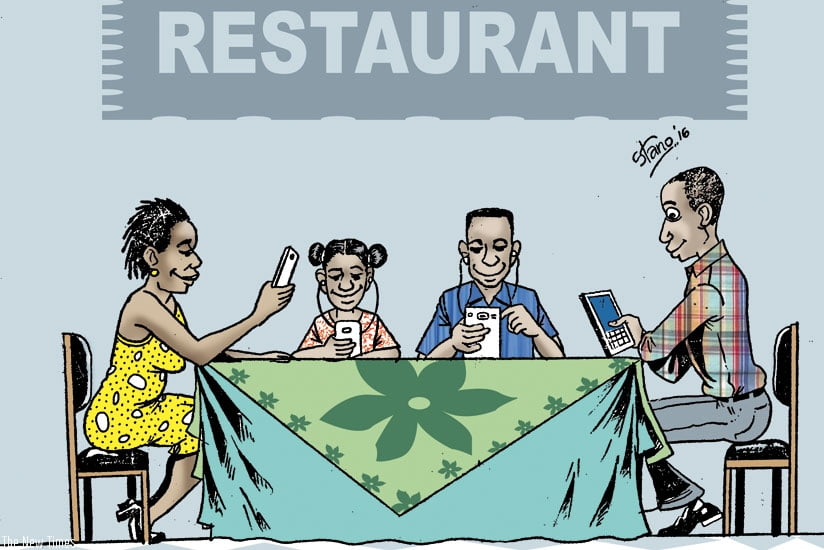

The smart home of the future is designed for millennials: tech-savvy, hyper-social, Marie Kondo-reading youngsters who aspire to keep their lives clean and orderly forever. But life is messy, and technology is perhaps, ultimately, more life-improving to the old than to the young. What millennial, after all, needs a titanium hip, or a replacement heart?
So when Kevin Gaunt envisions the future of the smart home, he doesn’t think of it in terms of millennials, or their “picturesque Airbnb-style houses inhabited by attractive people who effortlessly interact with technology, dealing with all our chores and reading our deepest wishes before we are even aware of them.” Instead, he asks what the smart homes and conversational interfaces of the future can do for the elderly. And his answers seem a lot less empty than the thermostat-automating smart home bots of today.

As part of his graduate project at the Umeå Institute of Design’s Interaction Design in Sweden, Gaunt imagined a series of smart home bots aimed at helping the elderly, as opposed to these devices’ current roles as “gatekeepers to a particular company’s ecosystems,” as Gaunt puts it. “That led me to think about what if a future smart home had multiple [assistants] that each focused on a narrow set of tasks, like online shopping, managing the daily budget, or spying on the neighbors’ whereabouts,” says Gaunt.Gaunt’s concept imagines the smart home of the future as having the equivalent of a fuse box full of bots, each of which are denoted by simple symbols (a stack of coins for banking, or a bag for shopping) and can link their functionality together to battle boredom in the elderly. Gaunt gives three examples of bots that could be formed this way, just by installing their related modules in the central controller.
The first bot is a surprise bot: It keeps track of the household budget, and when its human is feeling down, orders them a surprise gift within their budget aimed at evoking delight. The second bot is a neighborhood-spying program that keeps an eye out for annoying buttinski neighbors, and warns you when they’re at the door (so you can avoid answering it, if you prefer). The third is most poignant—and reveals the conceptual underpinnings of the project: a bot that mimics the behavior patterns of a dead spouse, playing their music, ordering their cookies, and even cracking some of their jokes.
According to Gaunt, he thinks these ideas hint at a more accurate vision of the smart home of the future. “As these bots ultimately try and quite possibly sometimes fail to do the ‘right’ thing, I see our relationship with this technology changing to something more alike having pets at home.” A collection of virtual Pokémon, if you will.

While his bots are mere concepts meant to provoke questions about who technology is designed to serve, Gaunt eventually hopes that they will help shift the dialog around smart homes to be more inclusive.
“Bots, AIs, and conversational interfaces have become a huge trend in design recently. As new technologies arrive, we tend to assume that—as in the past—younger generations will be the early adopters. But quite honestly? As chips and production costs become cheaper, and technology in our everyday objects become more ubiquitous, maybe this won’t actually be true.”
In other words, perhaps the smart home of the future will be smart enough to be designed with the elderly in mind. After all, we only spend a third of our lives as young people, at best. But for the rest? We’re old—and we need all the help we can get.
[Source:-Design]





